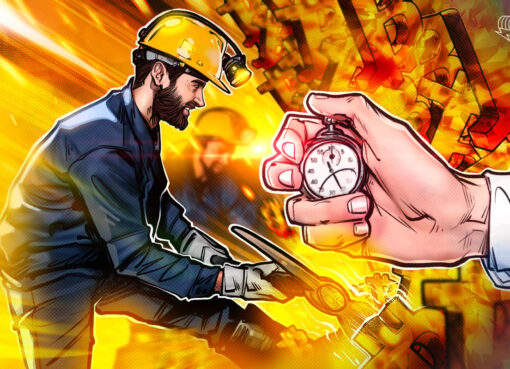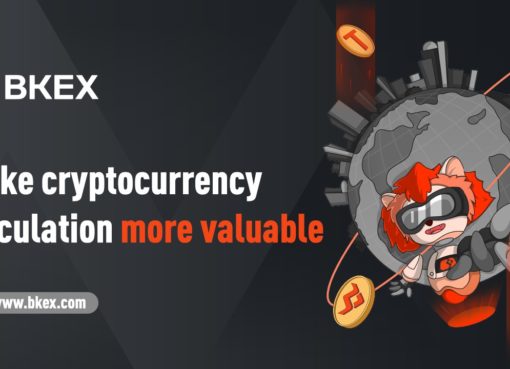Opinion by: Darren Carvalho, Co-Founder and Co-CEO of MetaWealth
During Paris Blockchain Week, Securitize Chief Operating Officer Michael Sonnenshein made headlines by dismissing real estate as a sub-optimal asset class for tokenization. This isn’t the first time crypto leaders have underestimated the merits of bringing real estate onchain, and it is likely not the last. While I respect Sonnenshein’s contributions to digital asset adoption, his assessment misses fundamental points about real estate tokenization’s transformative potential.
Real estate represents the world’s largest asset class and is projected to reach a value of $654.39 trillion this year, according to Statista. When industry leaders claim that this massive market isn’t suitable for tokenization, they overlook today’s transformative infrastructure and the core value proposition that extends far beyond liquidity, transforming access to the asset class.
Replacing traditional foundations
Sonnenshein argues that “good systems” already exist for traditional assets. He implies that tokenization offers marginal improvements at best, but this assessment overlooks fundamental inefficiencies in today’s real estate market that tokenization addresses.
The current real estate transaction process involves weeks of paperwork. Within the UK, there are a number of purchasing fees which can easily add 10% to the total bill. Settlement periods can extend to months and complexity multiplies exponentially for cross-border transactions.
These aren’t minor flaws. They’re systemic failures that tokenization technology is uniquely positioned to solve. Take smart contracts’ ability to automate compliance, for instance, enabling verification and payment distribution while reducing fraud through immutable record-keeping.
Redefining demand beyond liquidity
When Sonnenshein says “the onchain economy is demanding more liquid assets,” he misinterprets what everyday investors truly demand. For the 99% excluded from institutional-grade real estate investments, the primary task is not Bitcoin-like liquidity; it’s meaningful access to an asset class that has built more wealth than any other over the past century.
Traditional real estate investment vehicles require significant sums as minimum investments, accredited investor status and multi-year capital lockup periods. These barriers effectively exclude teachers, nurses and middle-class families from participating in prime real estate properties that have historically delivered consistent returns for investors.
Recent: Dubai Land Department begins real estate tokenization project
Tokenization fundamentally changes this equation. Fractionalizing ownership through tokenization, investors can now participate with as little as $100, receive proportional income distributions and eventually trade their positions on specialized secondary markets. The demand for this democratized access is enormous, even if secondary market liquidity initially lags behind liquid markets.
Translation problems? Not quite
Sonnenshein also suggests that tokenization does not “translate well” to representing ownership in real estate. This assessment overlooks the blockchain’s revolutionary capability to enable fractional investments in properties that were previously accessible only to institutional investors.
Tokenization technology excels precisely at creating transparent, secure fractional investment opportunities with minimal overhead. A $50 million residential development project can be divided into 500,000 tokens, each getting an equal share of the rental income and potential appreciation. This dramatically lowers barriers to entry while maintaining the core benefits of real estate as an asset class.
This fractionalization fundamentally transforms how people can build wealth through real estate. Previously, REITs offered the only realistic path to diversified property exposure, often with high fees, no control and limited transparency. Tokenization allows investors to build personalized portfolios across multiple property types, all managed through a single digital wallet.
What does not “translate well” isn’t the technology. Outdated regulatory frameworks and incumbent business models resist this necessary evolution. The UAE government recognizes this reality, supported by its recent initiative to tokenize $1 billion in real estate assets.
Building tomorrow’s infrastructure
The conservative stance on RWA growth projections misses the accelerating infrastructure development underway. BlackRock’s tokenized money market fund BUIDL is quickly approaching $3 billion in assets, demonstrating a significant institutional appetite for tokenized investment vehicles. This isn’t an isolated case.
UBS Asset Management, Hamilton Lane, Franklin Templeton and many more have launched tokenized investment vehicles, signaling a fundamental shift in how traditional finance views tokenization technology.
What critics consistently underestimate is the network effect of financial infrastructure. Each institutional entrant doesn’t just add linearly to the ecosystem. It exponentially increases connectivity and liquidity pools. We’re witnessing the early stages of a self-reinforcing cycle where each new participant reduces friction for subsequent entrants.
The narrative shouldn’t center on current limitations. Instead, there should be a spotlight on what’s being built. Secondary marketplaces optimized for real-world assets are emerging, regulatory clarity is increasing in key jurisdictions, and each development strengthens the foundation for mass adoption at a pace that will likely surprise today’s skeptics.
Democratized wealth creation
Institutional investors have enjoyed privileged access to the most profitable real estate investments for decades, while retail investors were limited to residential properties or high-fee REITs. Tokenization breaks this paradigm by allowing anyone to build a diversified property portfolio spanning commercial, residential and industrial assets across multiple geographies.
When crypto leaders dismiss real estate tokenization based solely on liquidity metrics, they apply the wrong measurement standard. The transformative potential lies in democratizing access to an asset class that has created more millionaires than any other investment vehicle in history.
The endgame of real estate tokenization is making institutional-grade property investments accessible to everyone. The adoption of tokenized real estate and other real-world assets will continue to grow despite skepticism from executives who miss the forest for the trees.
Opinion by: Darren Carvalho, Co-Founder and Co-CEO of MetaWealth.
This article is for general information purposes and is not intended to be and should not be taken as legal or investment advice. The views, thoughts, and opinions expressed here are the author’s alone and do not necessarily reflect or represent the views and opinions of Cryptox.




